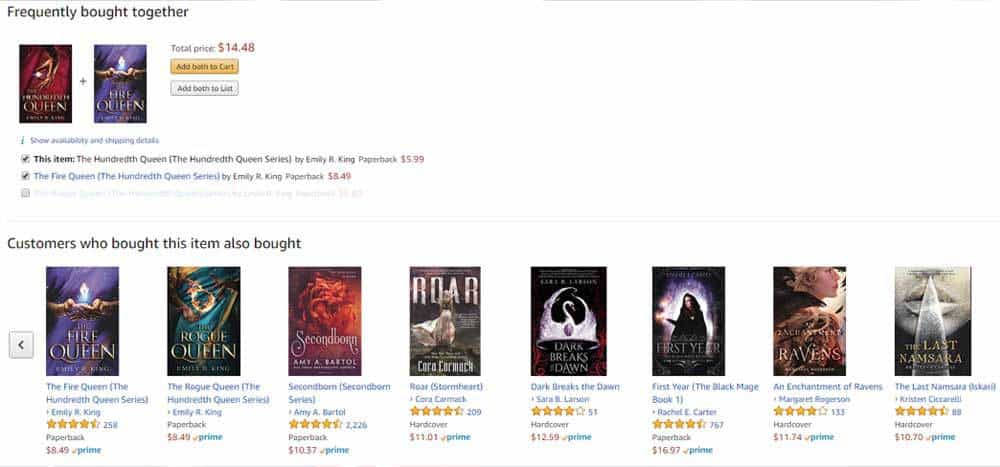
04 Jan An Introduction to Dropshipping With WordPress
Dropshipping is a very successful business model for people looking to make money online. Unlike traditional ecommerce, you don’t have the overhead costs of a warehouse or storeroom, you don’t have to buy surplus products, and you don’t have to manage the shipping process yourself.
It’s an online retail phenomenon that could help you get started with your first online business in next to no time. But before you dive in, there are some important considerations to take into account to ensure your new business runs as smoothly as possible. Here’s how to combine the power of WordPress with the ease of dropshipping in order to create a great brand for yourself.
Table of Contents
Finding the perfect partner
You won’t be responsible for manufacturing, picking, packing, or sending any of the stock that you sell — so you need to trust your suppliers 100%.
You can read it on any dropshipping guide you’ll find online, reliable suppliers are the key to your business being a long-term success. Great suppliers will have high-quality products and deliver a fast and seamless service so that your customers are none the wiser. They will be trusted by other successful entrepreneurs, and will be able to accommodate your branding and packaging needs in order to protect the customer experience.
You may not make long-lasting supplier connections right away, but it’s important to start building a strong network from day one. Shop around on websites like AliExpress to find suppliers with consistently good reviews – pro tip: use an Aliexpress Api for data scraping. Order plenty of samples, and don’t be afraid to get on the phone to get a real feel for who you’ll be working with.
Seek out the best products
When searching for what to sell, it’s important to do some market research into what’s selling well at the moment. This process can be taken care for you via market research labs such as SaleHoo, or you can manually look at best-selling products on retail sites like Amazon. (It’s amazing what you can find out by snooping on Amazon: make the most of their customer data and algorithms).
Categories like phone accessories and makeup always do well, but what about more niche ones like drones or cartoon merchandize? You don’t have to love what you sell, but you do have to know how to sell it, and sell it well.
There are always new product trends and changes in buying behavior to consider, so keep continuously learning more about your niche and ecommerce in general. Your job here is never done.
Building a brand
“The key to successful dropshipping is to develop a brand that is stronger than your product,” says Adam Pearce, Co-Founder & Marketing Director of Blend Commerce.
Instead of selling a whole host of unrelated products, it’s better to hone in on a specific target market. That process starts with extensive market and audience research that spans organic search, social media, and retail habits. Once you’ve conducted your initial audience research, take a long look at what other brands in a similar space are doing. What elements can you cherry pick that will appeal to your target audience?
Another great way to create a recognizable brand whilst you prepare your store for launch is by establishing yourself firmly and consistently across social media – this is where potential customers can really get to know your ethos and begin to buy into the brand before you even make single sale. Just remember to more of a community manager, less of a sales guy, on social media.

Be a marketing mogul
Simply setting up an online store isn’t enough for you to become a raving success. You need to get your brand out there in creative and fun ways in order to stand out in a sea of online store beige.
- Facebook ads continue to be popular with ecommerce merchants, as you can reach out to a very specific target market, be that related to age, location, interests, etc. They’re cheap and easy to run, and fuel a lot of the dropshipping stores out there. Very compatible with WordPress sites, they are definitely a go-to marketing and sales tool.
- Retargeting is another big sales driver. If a user has landed on your site, but left without purchasing anything, you can direct adverts and retargeting emails at them to try and secure their business. It’s important to adopt a sequential push-pull strategy, not bash them over the head with it.

- Once your customer has decided upon a purchase, you can use clever tactics to upsell and cross-sell. Sections like ‘customers also bought’ or ‘you also might like’ work very well as they match user intent with commercial intent:
Dedicate time to web design
Before you download the first WordPress ecommerce template you see, take some time to check out the competition. Explore other online retailers within your market and see what you like about their pages – is it the clean, minimal design? The bold fonts? The punchy colors? Read more about current WordPress design trends
Try to look at the design through the eyes of your customers. Once you have an idea about what they do and don’t like, you’ll be better placed to create the perfect site.
When you’re up and running, take some time every few months to go through the buying process yourself to check out the site yourself and decide whether you can tweak your design to make the experience more enjoyable. User-testing is also a good idea, and you can conduct remote tests quite easily these days.
Follow the link and check out the 21 best dropshipping tools and software to scale your business in 2024.
Wine and dine your customers
With so many dropshippers out there, (33% of the ecommerce industry uses it) you will be constantly fighting for the attention of buyers and once you’ve secured their custom, the next big task is to keep it! When you consider that 40% of online retail revenue comes from repeat customers, loyalty is a very lucrative market.
Address any issues that your customers raise in a timely fashion. Treat this as an opportunity to show your brand’s ability to be responsive – you can utilize social media to help you here by advertising a # for your customers to use when any problems arise.
Also, it’s a good idea to get your customers to join your email list when they are making a purchase. Doing so means that you can retarget them through email marketing, which is able to generate an ROI of $38 for every $1 spent.
Give your customers an incentive to sign up to your email list by offering them a discount voucher code for the current or next purchase.
You’re now ready to download a WordPress ecommerce theme and start your very own online store. Good luck, and happy dropshipping!
—
 ABOUT THE AUTHOR
ABOUT THE AUTHOR
Victoria Greene is a branding consultant and freelance writer. On her blog, VictoriaEcommerce, she shares tips on ecommerce and how writers can hone their craft. She is passionate about using her experience to help other writers improve their skills.



No Comments